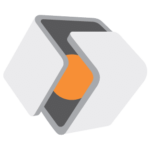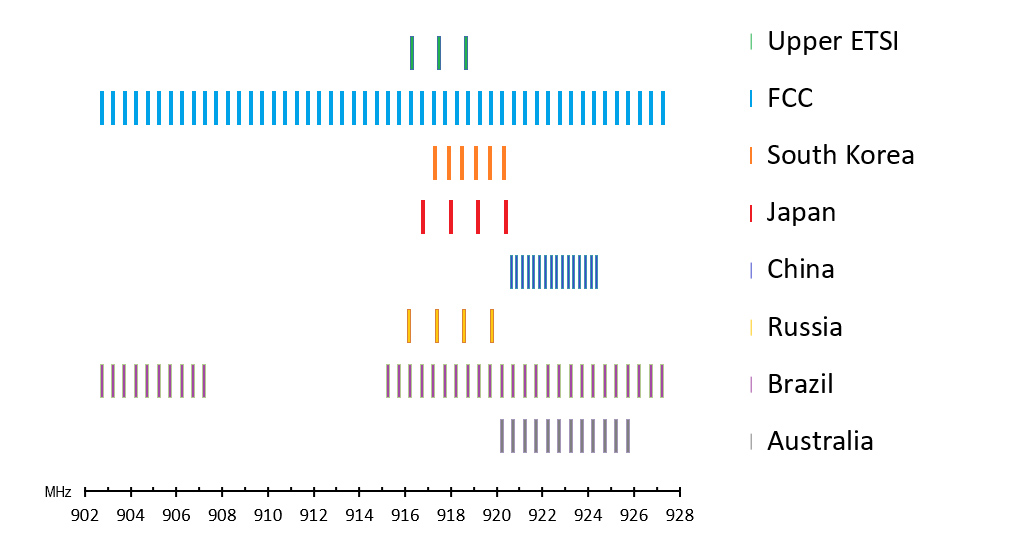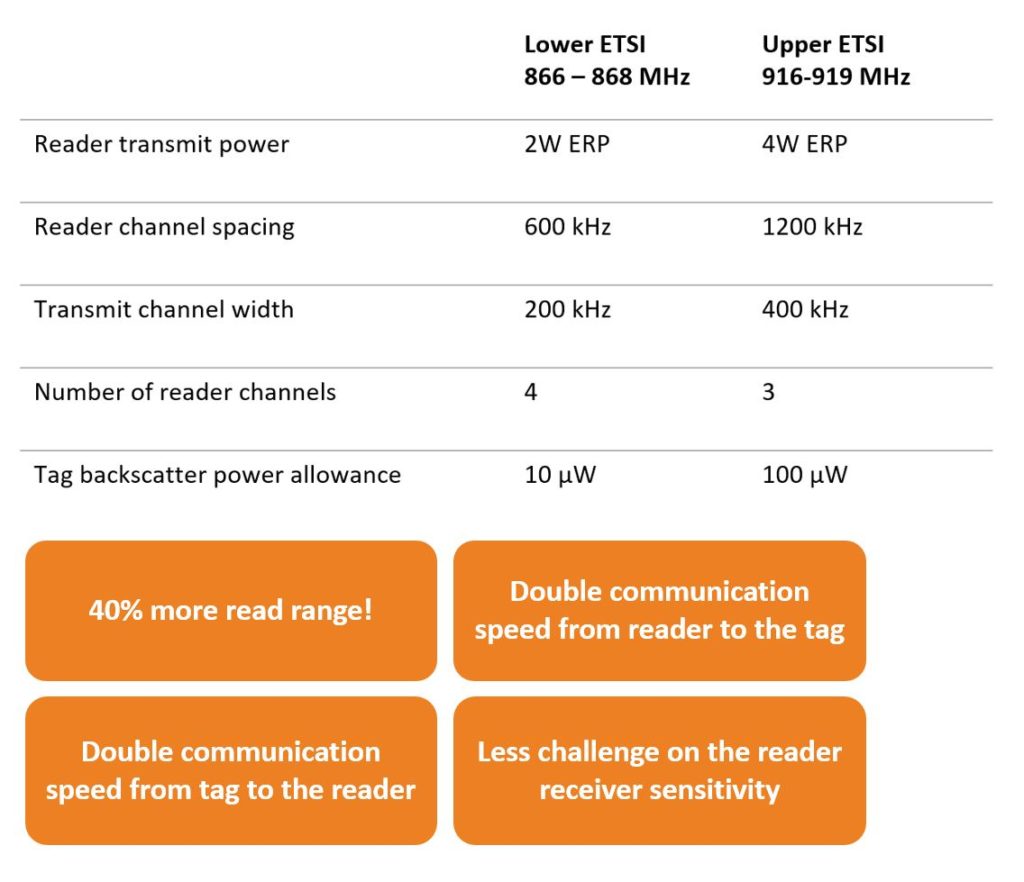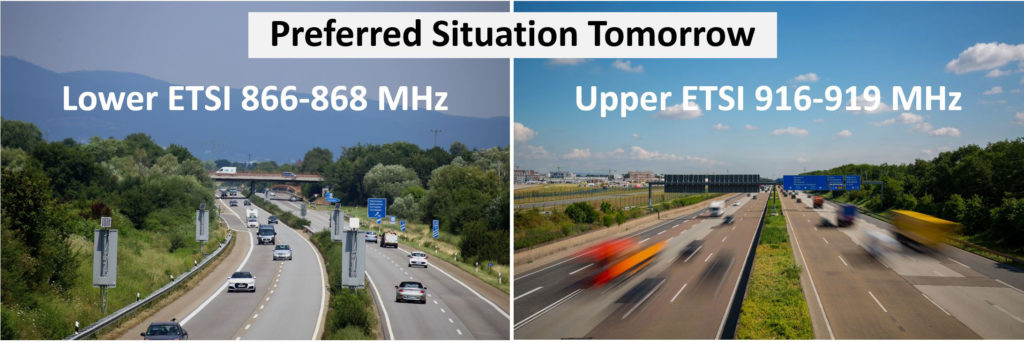The latest version introduces new features that improve testing efficiency, expand configurability for the tests, and introduce a new JSON result file format.
Voyantic has released new software and firmware versions for Tagformance Pro UHF and Tagformance Pro HF. The new versions are available for download for existing customers with Tagformance version 13 and for all customers with an active Support & Maintenance contract.*
Change log:
- New fail-fast mode saves time with TIPP and ARC measurements by skipping tests where a result is not possible
- ARC test: Y specification added
- Custom command waveforms: control over timing and modulation depth
- JSON file format
- NOTE: Tagformance Pro HF users need to update the software too
Fail-fast Mode Saves Time with TIPP and ARC Measurements
Tagformance 13.3 release introduces a new feature to the Tagged-Item Grading System and ARC Pre-compliance testing. The new “fail-fast” test mode option skips unnecessary tests which are bound to fail, saving valuable testing time. For example, if there is an angle where the tag does not reply at all, the rest of the test for the given cell is simply skipped after the first failure. This is particularly useful when testing for all TIPP grade or ARC categories.
The 13.3 version also adds support for the new ARC Y-specification.
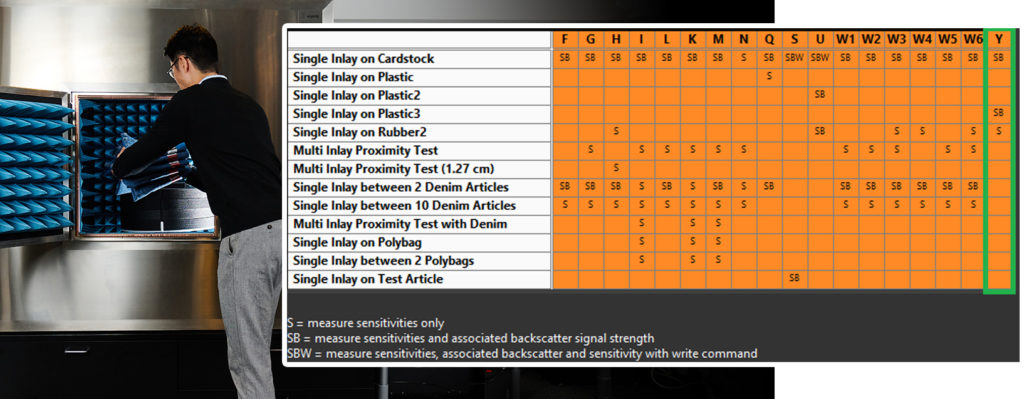
Custom Command Waveforms: Control over timing and modulation depth
V13.3 adds new options for custom command waveform generation with control over timings and modulation depth, plus a configuration possibility for ISO18000-6C link parameters. These will add more flexibility for testing and enable new kinds of test scenarios, such as emulating filtered modulation signals.
JSON File Format
The new release also introduces a new result file format that will replace the TFF format in the long term. The new JSON result file is more machine-friendly and allows programmatic post-processing of results, as well as more flexible management of metadata. The old TFF format is still available as a legacy option (import, export), but JSON is the recommended default export format.
Voyantic Tagformance is used in UHF and HF RFID tag design, deployment, item tagging, protocol testing, technical sales, and academic research. It is the industry standard solution for RAIN RFID and NFC testing and measurement.
Schedule an online demo to learn more ›
*V13.3 requires V13 license. Contact sales@voyantic.com for assistance.
Note: Tagformance Pro HF users will need to update the software too.
All blog posts